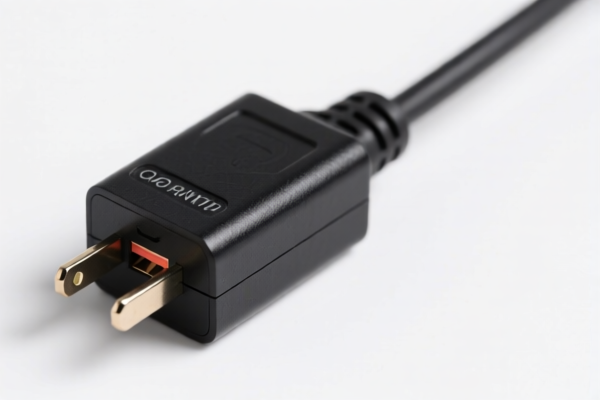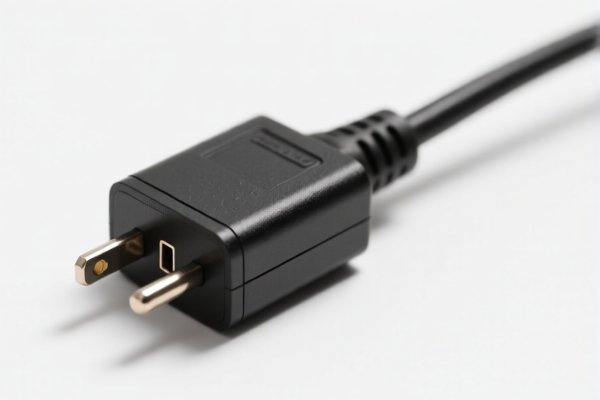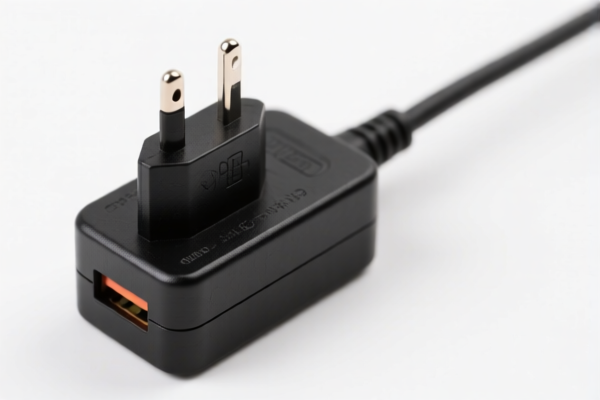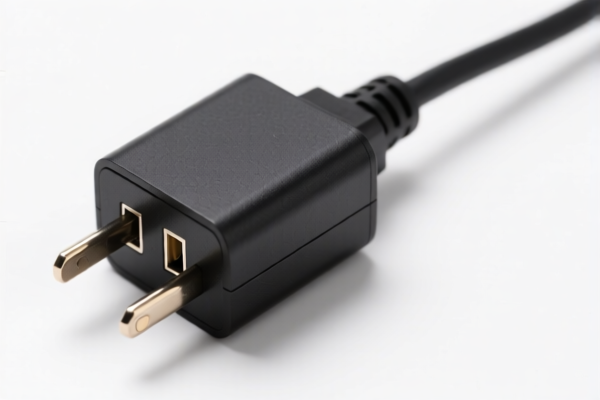| HS Code | Official Doc | Tariff Rate | Origin | Destination | Effective Date |
|---|---|---|---|---|---|
| 8517690000 | Doc | 55.0% | CN | US | 2025-05-12 |
| 8517620090 | Doc | 20.0% | CN | US | 2025-05-12 |
| 8535908020 | Doc | 57.7% | CN | US | 2025-05-12 |
| 8535908040 | Doc | 57.7% | CN | US | 2025-05-12 |
| 8548000000 | Doc | 55.0% | CN | US | 2025-05-12 |
| 9503000090 | Doc | 30.0% | CN | US | 2025-05-12 |
| 9503000071 | Doc | 30.0% | CN | US | 2025-05-12 |
| 9504909080 | Doc | 37.5% | CN | US | 2025-05-12 |




USB Adapter
A USB adapter is a device that enables the connection of devices with different USB interfaces or allows the connection of USB devices to systems lacking native USB ports, or expands the number of available USB ports. They facilitate data transfer, power delivery, and device connectivity.
Material
USB adapters are typically constructed with the following materials:
- Plastic: Commonly used for the outer casing, providing insulation and structural support. ABS plastic is frequently employed due to its durability and cost-effectiveness.
- Metal: Used for the USB connectors (Type-A, Type-B, Type-C, Mini-USB, Micro-USB, etc.) to ensure reliable electrical conductivity and physical robustness. Common metals include copper alloys with nickel or gold plating to prevent corrosion and improve signal transmission.
- Printed Circuit Board (PCB): Houses the electronic components responsible for signal conversion and data transfer.
- Electronic Components: Including integrated circuits (ICs) for protocol conversion, resistors, capacitors, and other components necessary for adapter functionality.
Purpose
The primary purposes of USB adapters are:
- Interface Conversion: Connecting devices with different USB standards (e.g., USB-A to USB-C, USB-B to USB-A).
- Port Expansion: Increasing the number of available USB ports on a computer or device.
- Connectivity: Enabling the connection of USB devices to systems without native USB ports (e.g., connecting a USB keyboard to a device with only a Thunderbolt port).
- Charging: Providing a means to charge devices via USB, often with support for fast charging protocols.
- Data Transfer: Facilitating data exchange between devices.
Function
USB adapters function by:
- Signal Conversion: Adapters with interface conversion capabilities translate signals between different USB protocols. This includes voltage level adjustments and data formatting.
- Data Routing: Adapters route data signals between the connected devices, ensuring proper communication.
- Power Delivery: Adapters can provide power to connected devices, supporting various power profiles and charging standards.
- Protocol Support: Adapters may support different USB protocols (e.g., USB 2.0, USB 3.0, USB 3.1, USB-C Power Delivery) depending on their design.
Usage Scenarios
Common usage scenarios include:
- Connecting older USB devices to newer computers: Using a USB-A to USB-C adapter to connect a USB 2.0 device to a computer with only USB-C ports.
- Expanding USB ports on a laptop: Using a USB hub to connect multiple USB devices to a laptop with limited USB ports.
- Charging mobile devices: Using a USB-C to USB-A adapter to charge a mobile device with a USB-A charger.
- Connecting USB devices to systems without USB ports: Using a Thunderbolt to USB adapter to connect a USB keyboard or mouse to a computer with only Thunderbolt ports.
- Connecting specialized USB peripherals: Using adapters to connect devices like MIDI keyboards, game controllers, or external hard drives.
Common Types
- USB-A to USB-A: Used for extending USB connections or connecting devices directly.
- USB-A to USB-B: Commonly used for connecting printers, scanners, and other older peripherals.
- USB-A to USB-C: Enables connection of USB-C devices to USB-A ports.
- USB-C to USB-C: Used for connecting USB-C devices to other USB-C devices or ports.
- USB-C to USB-A: Enables connection of USB-A devices to USB-C ports.
- USB Hubs: Provide multiple USB ports from a single USB connection. Available in various configurations (USB 2.0, USB 3.0, USB-C).
- Ethernet Adapters: Provide a wired Ethernet connection through a USB port.
- Card Readers: Allow reading and writing data to memory cards through a USB port.
- Thunderbolt to USB Adapters: Enable connection of USB devices to systems with Thunderbolt ports.
- USB-C Power Delivery (PD) Adapters: Allow charging devices with higher power requirements.
Based on the provided reference material, determining the precise HS code for a “usb adapter” requires understanding its specific function and application. Here are potential HS code options based on the descriptions within the reference:
-
8517.69.00.00: This code covers “Telephone sets, including smartphones and other telephones for cellular networks or for other wireless networks; other apparatus for the transmission or reception of voice, images or other data, including apparatus for communication in a wired or wireless network (such as a local or wide area network), other than transmission or reception apparatus of heading 8443, 8525, 8527 or 8528; parts thereof: Other apparatus for transmission or reception of voice, images or other data, including apparatus for communication in a wired or wireless network (such as a local or wide area network): Other”. If the USB adapter is used for data transmission or reception (e.g., connecting to a computer for data transfer), this could be applicable. The current total tax rate is 55.0% (0.0% base tariff, 25.0% additional tariff, increasing to 30.0% after April 2, 2025).
-
8517.62.00.90: This code covers “Telephone sets, including smartphones and other telephones for cellular networks or for other wireless networks; other apparatus for the transmission or reception of voice, images or other data, including apparatus for communication in a wired or wireless network (such as a local or wide area network), other than transmission or reception apparatus of heading 8443, 8525, 8527 or 8528; parts thereof: Other apparatus for transmission or reception of voice, images or other data, including apparatus for communication in a wired or wireless network (such as a local or wide area network): Machines for the reception, conversion and transmission or regeneration of voice, images or other data, including switching and routing apparatus”. If the adapter converts signals for data transmission, this code might be relevant. The current total tax rate is 20.0% (0.0% base tariff, 0.0% additional tariff, increasing to 20.0% after April 2, 2025).
-
8548.00.00.00: This code covers “Electrical parts of machinery or apparatus, not specified or included elsewhere in this chapter”. If the USB adapter is considered a component part of a larger electrical system and doesn’t fall into other specific categories, this could be applicable. The current total tax rate is 55.0% (0.0% base tariff, 25.0% additional tariff, increasing to 30.0% after April 2, 2025).
According to the provided reference material, the HS code options related to 'usb adapter' are limited, with only the following 3 found.
It is important to determine the precise function of the USB adapter to select the most accurate HS code. If the adapter is part of a larger device, consider HS code 8548.00.00.00. If it is used for data transmission, 8517.69.00.00 or 8517.62.00.90 may be more appropriate.
Customer Reviews
No reviews yet.